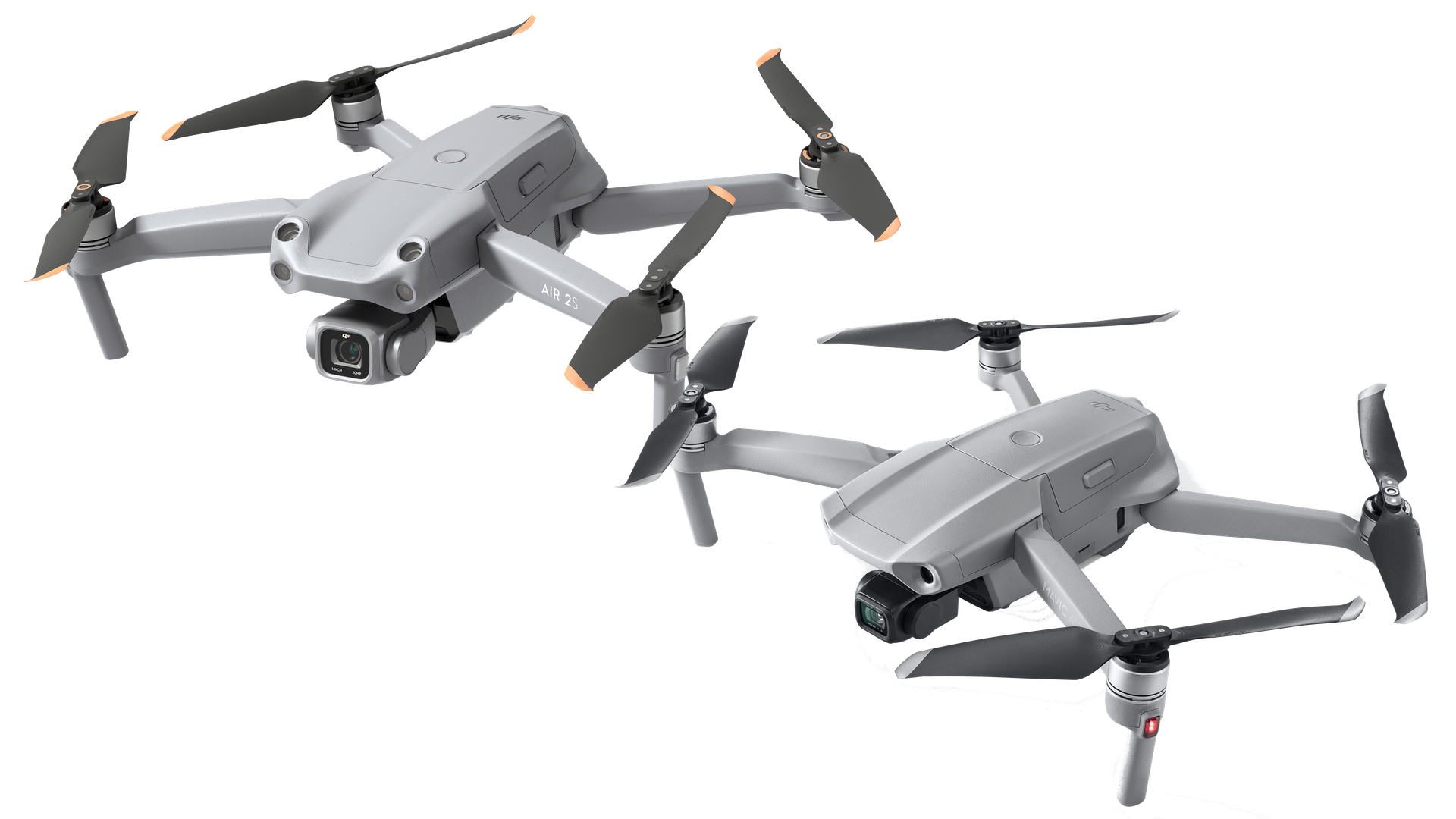

If you're trying to decide whether to buy the DJI Air 2S or DJI Mavic Air 2, this article is here to help. The Air 2 impressed when it launched in April 2020 (see T3's DJI Mavic Air 2 drone review for more info), but when the 2S arrived in April 2021, it outstripped its predecessor in a number of areas (head to T3's DJI Air 2S review for the low-down on that one). In fact, the 2S is currently sitting pretty at the top of T3's best camera drone ranking.
I think we can all agree that, when it comes to buying a consumer drone, there is no real competition to the DJI fleet. In fact, I can’t recall ever having reviewed a duffer from the well established Chinese company. Whether it’s pushing the boundaries of size and weight, improving in-flight pilot aids from model to model or finding ways to improve camera performance, DJI’s drones just get better and better.
So which model should you opt for? The cheaper and still unquestionably excellent Mavic Air 2 or its better-equipped stablemate, the Air 2S? Stay tuned to find out. Alternatively, see how it compares to another 2021 addition to the DJI lineup in our DJI Mavic 3 vs DJI Air 2S face-off.
- Want to try first-person flight? Here's our DJI FPV drone review
- Too pricey? Here are the best cheap drones to buy
- ... and the best kids' drones
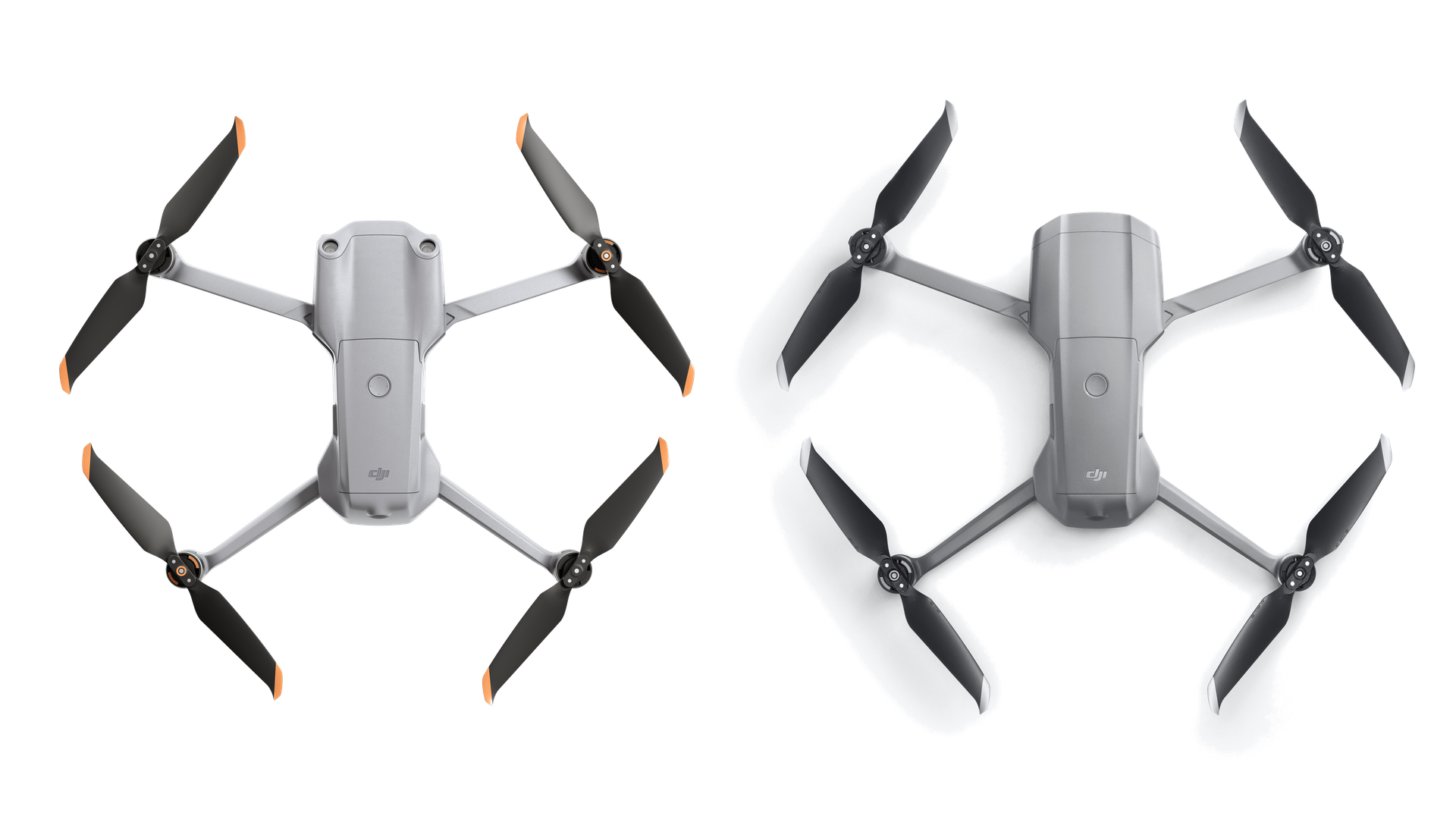
The new DJI Air 2S comes with upward-facing obstacle sensors
DJI Air 2S vs DJI Mavic Air 2: design
The Mavic Air 2 was a different beast to its predecessor, the Mavic Air. In fact it was quite a bit larger and heavier and its body shape was quite radically changed. Thankfully, there are no discernible differences in shape between its two successors, which we are comparing here.
In folded form, the Air 2S is 180×97×77mm against the Mavic Air 2’s 180×97×74mm. As you can see, the new Air 2S is just 3mm taller and this is doubtless down to the two new top-mounted obstacle sensors. Weight wise, there’s hardly anything in it: the Air 2S is 595g and the Air 2 is 570g. Really, the 25g difference won’t make an ounce of difference to the weight in your backpack. When unfolded for flight, both drones’ dimensions are pretty much identical.
In fact the only exterior difference between the two is the addition of those upward-facing obstacles sensors the glaring fact that the Air 2S’s camera is quite radically different in design, but more on that below.
- Brush up on the UK drone regulations before you fly
- DJI Mavic 3 drone review: DJI's first compact pro drone is on an entirely different level
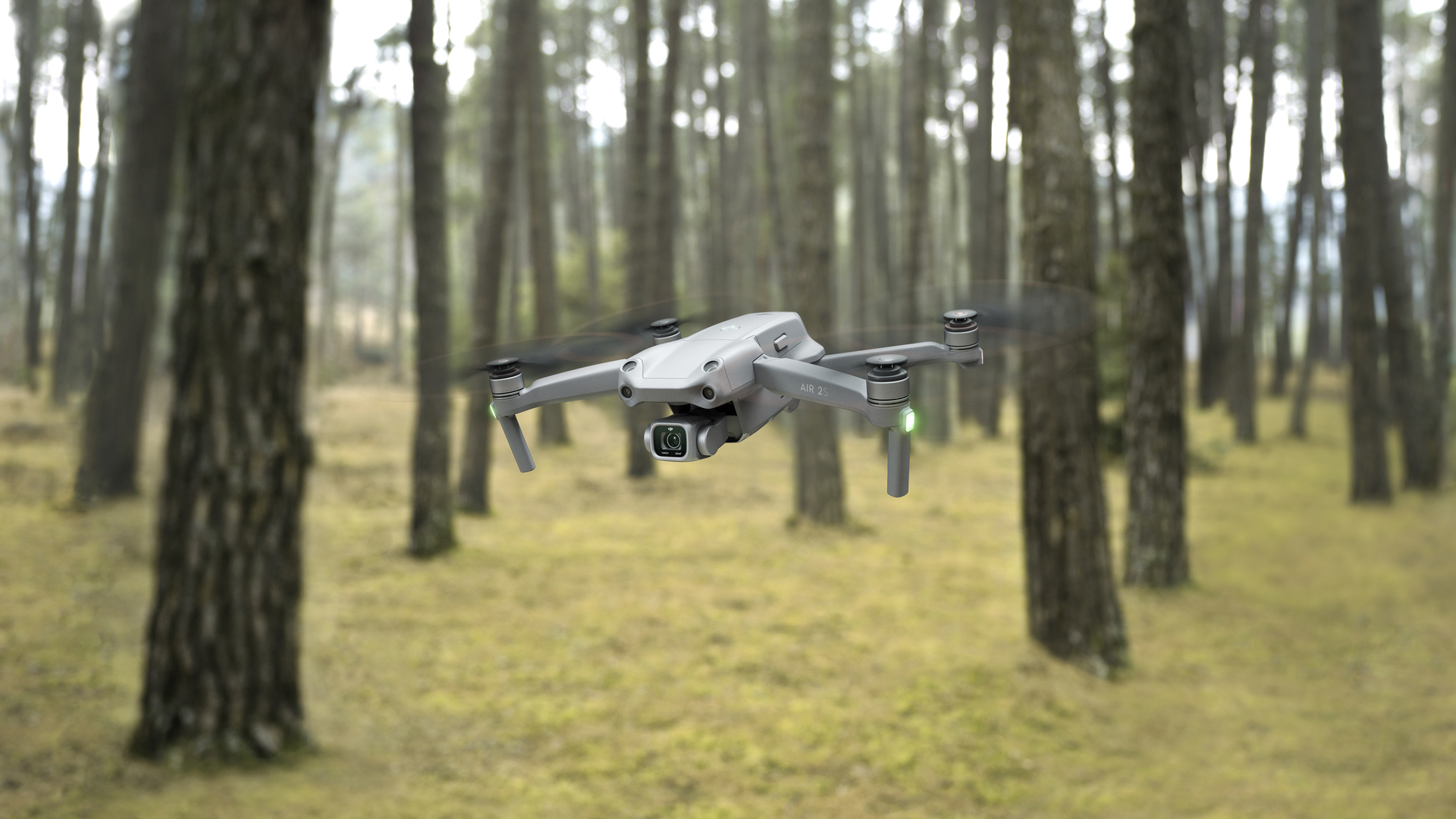
The Air 2S is equipped with four-way obstacle sensors and the latest ActiveTrack software
DJI Air 2S vs DJI Mavic Air 2: features
We’ll leave the camera comparisons for the next chapter and concentrate on what’s beneath the fuselage and in the DJI Fly app.
Sign up to the T3 newsletter for smarter living straight to your inbox
Get all the latest news, reviews, deals and buying guides on gorgeous tech, home and active products from the T3 experts
The Mavic Air 2 only has fore, aft and downward-facing obstacle sensors and this is brilliant for most flight scenarios. However, there are times that require upward-facing sensors that can detect what’s immediately above the drone, like branches and the eaves of buildings. This is just one area where the Air 2S wallops the Mavic Air 2. Granted, the top sensors won’t be as busy as the other onboard sensors but you’ll be glad you have them when trying to negotiate a forest while the drone is flying in hands-free ActiveTrack mode.
In this mode, the drone can be set to follow a moving person or object simply by drawing a square or rectangle around subject on the phone's screen. It’s remarkable to watch both drones as they duck and dive between the branches of a forest. However, the Air 2S’s newer ActiveTrack 4.0 function is quite a step up from the software used by the Mavic Air 2. In fact, it’s now really difficult to confuse the drone by dashing out of shot – it almost seems to know what your next move will be. Very clever.
Both models come with Spotlight tracking software but the Air 2S is equipped with a newer, uprated version. Spotlight is an amazing piece of software that locks the camera onto any object – moving or static – while the drone’s flight remains under control of the pilot. This is the go-to function of choice for creating spectacular tracking shots and sweeping cinematic flourishes. The Mavic Air 2’s version is perfectly usable but the A2S performs the tracking task with even more accuracy.
Naturally, both drones are also equipped with a range of QuickShots like Circle, Dronie and Helix (simply select the shot of choice and the drone will perform the task with no input by the pilot). However, the new Air 2S also comes with a groundbreaking piece of software called MasterShots. In this mode, the drone literally flies around on its own while taking 10 to 15 different video sequences of the subject from a variety of angles. It then edits these scenes together to produce a complete cinematic video, replete with music and stylish transitions. There are more than 20 templates to choose from, all created by professional aerial cinematographers. This Air 2S feature alone is well worth the extra outlay because it saves so much time and effort. And besides, you really do need a ton of flying skills to pull off a comparable set of feats.
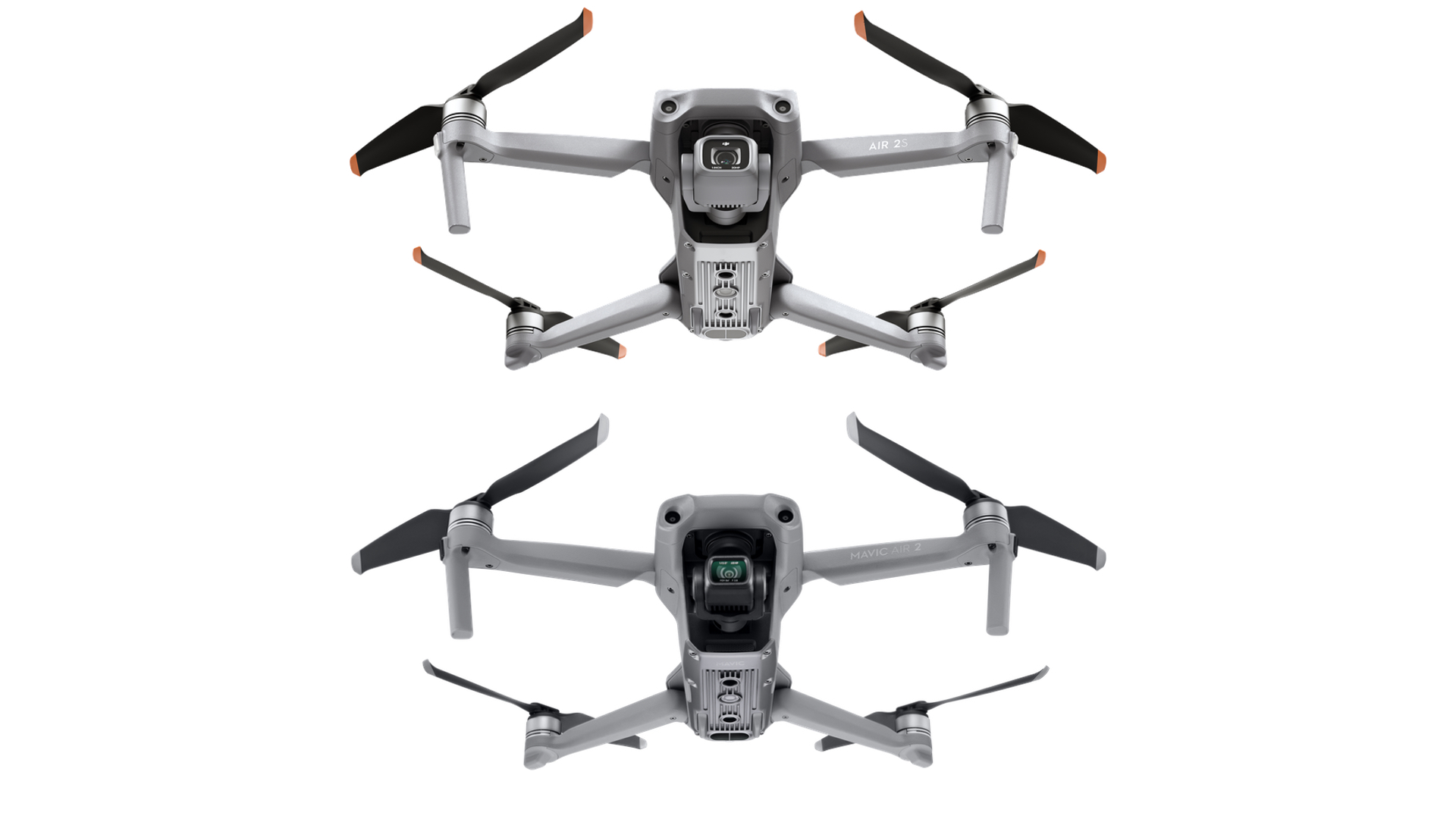
The DJI Air 2S's camera (above) is equipped with a one-inch sensor while it's sibling below is just a half-inch
DJI Air 2S vs DJI Mavic Air 2: camera performance
If you’re still swaying between the two models, then this chapter will likely have you plumping for the Air 2S. Where the Mavic Air 2’s camera comes with a very decent 1/2-inch CMOS Sensor, the Air 2S ramps up the tech to a full 1-inch CMOS Sensor.
Although we highly rated the Mavic Air 2’s camera at launch, the Air 2S’s version is in a different league. So, instead of the Mavic Air 2’s 4K at 60fps, 2.7K at 60fps and 1080p at 240fps, the new Air 2S’s camera outputs a resolution of 5.4K at 30fps, 4K at 60fps, 2.7K at 60fps and 1080p at 120fps. The larger sensor also provides significantly more detail and less noise when used in low light conditions, which is just when some of the best shots are to be had.
The Air 2S’s larger 20 megapixel sensor also produces incredible still images with more detail across the frame, increased depth and better highlights and shadows. The Mavic Air 2, by comparison, is 12 MP though it can be upscaled to 48MP.
At 24mm, the Mavic Air 2’s focal length is a shade narrower than the Air2S’s 22mm but both share the same aperture of f/2.8. However, the new Air 2S’s camera also features 4x digital zoom when shooting in 4K at 30fps and up to 6x zoom in 1080p.
Both cameras are mounted to similar 3-axis gimbals for absolutely rock-steady video even when the drones are flown in a stiff, buffeting breeze.
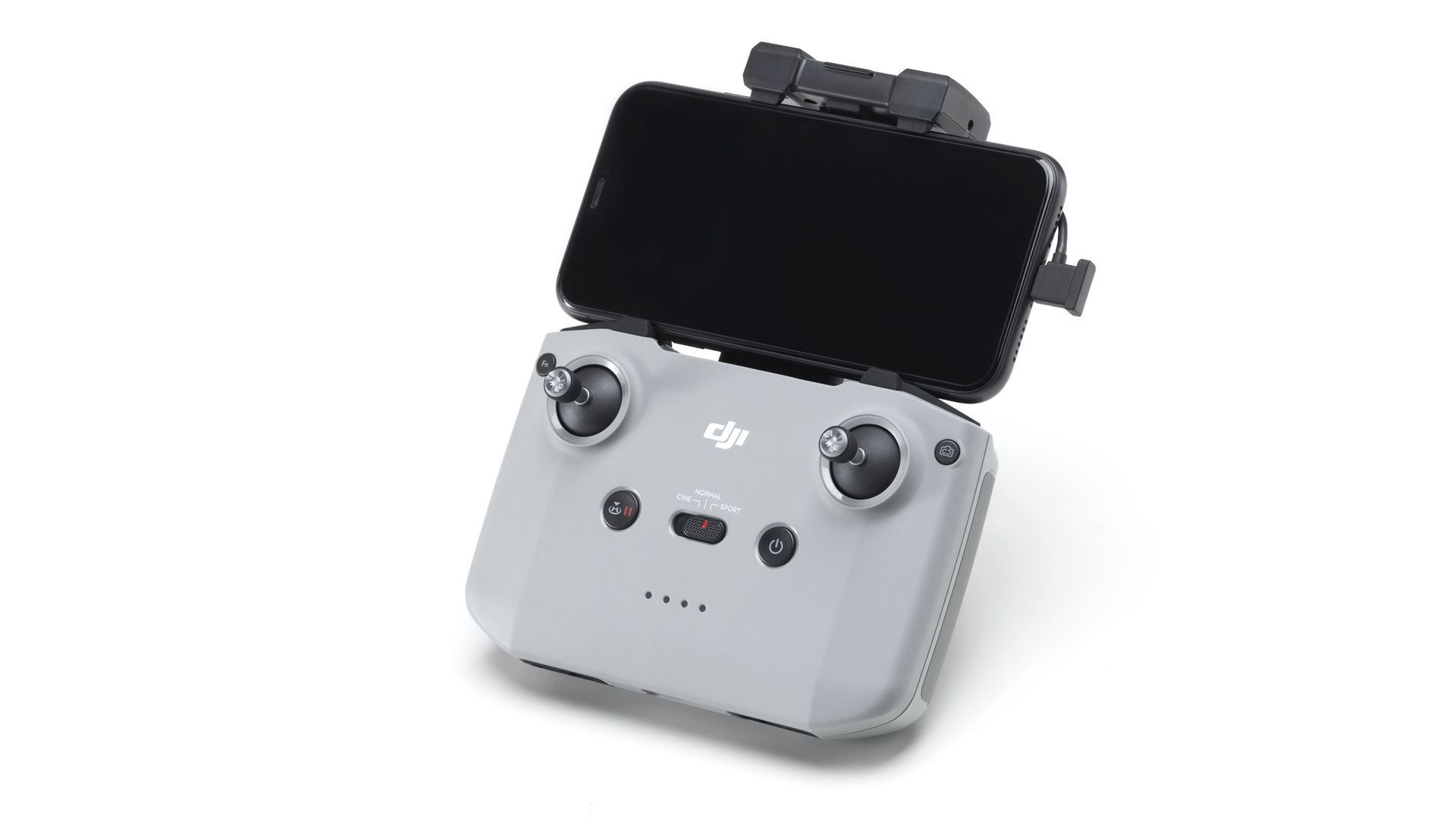
Both drones share the same hand controller
DJI Air 2S vs DJI Mavic Air 2: pilot interface
The grippy, chunky hand controllers remain the same but the Air 2S’s video transmission system is a tad better. For instance, where the Mavic Air 2’s camera streams live footage to the phone from up to 10km away, the Air 2S’s OcuSync 3.0 provides crisp visual reference from up to 12km away.

Both drones are easy enough for a cat to fly and possibly even a hedgehog
DJI Air 2S vs DJI Mavic Air 2: flight Performance
I don’t think anyone would notice the difference in these two crafts' flight characteristics. They both perform the act of flying with consummate aplomb though, at 34 minutes in no wind, the older Mavic Air 2 stays in the air for roughly three minutes longer.
In Normal mode, the Air 2S clocks in at 54kph (33mph) against the Mavic Air 2’s 43kph (27mph). In Sport mode, they both rocket along at 68kph (42mph). There’s not much difference in these stats to be honest so take your pick.
There’s not much else to add about flight performance because every DJI drone on the market flies to perfection with butter smooth controls that really instil a great sense of confidence, especially when flying for the first time.

Two small packages but which one's best?
DJI Air 2S vs DJI Mavic Air 2: verdict
Naturally the DJI Air 2S is a bit more expensive, but only by about £130 ($170). So, if you can stretch your budget to go that short distance then the Air 2S is clearly – and by some margin – the better of the two drones. However, if your budget is strictly limited, then the Mavic Air 2 is still a fantastic purchase. Nevertheless, if you wait a few more weeks, chances are the Mavic Air 2 will start falling in price – and that’ll be the best time to pounce.
Derek (aka Delbert, Delvis, Delphinium, Delboy etc) specialises in home and outdoor wares, from coffee machines, white appliances and vacs to drones, garden gear and BBQs. He has been writing for more years than anyone can remember, starting at the legendary Time Out magazine – the original, London version – on a typewriter! He now writes for T3 between playing drums with his bandmates in Red Box (redboxmusic).
-
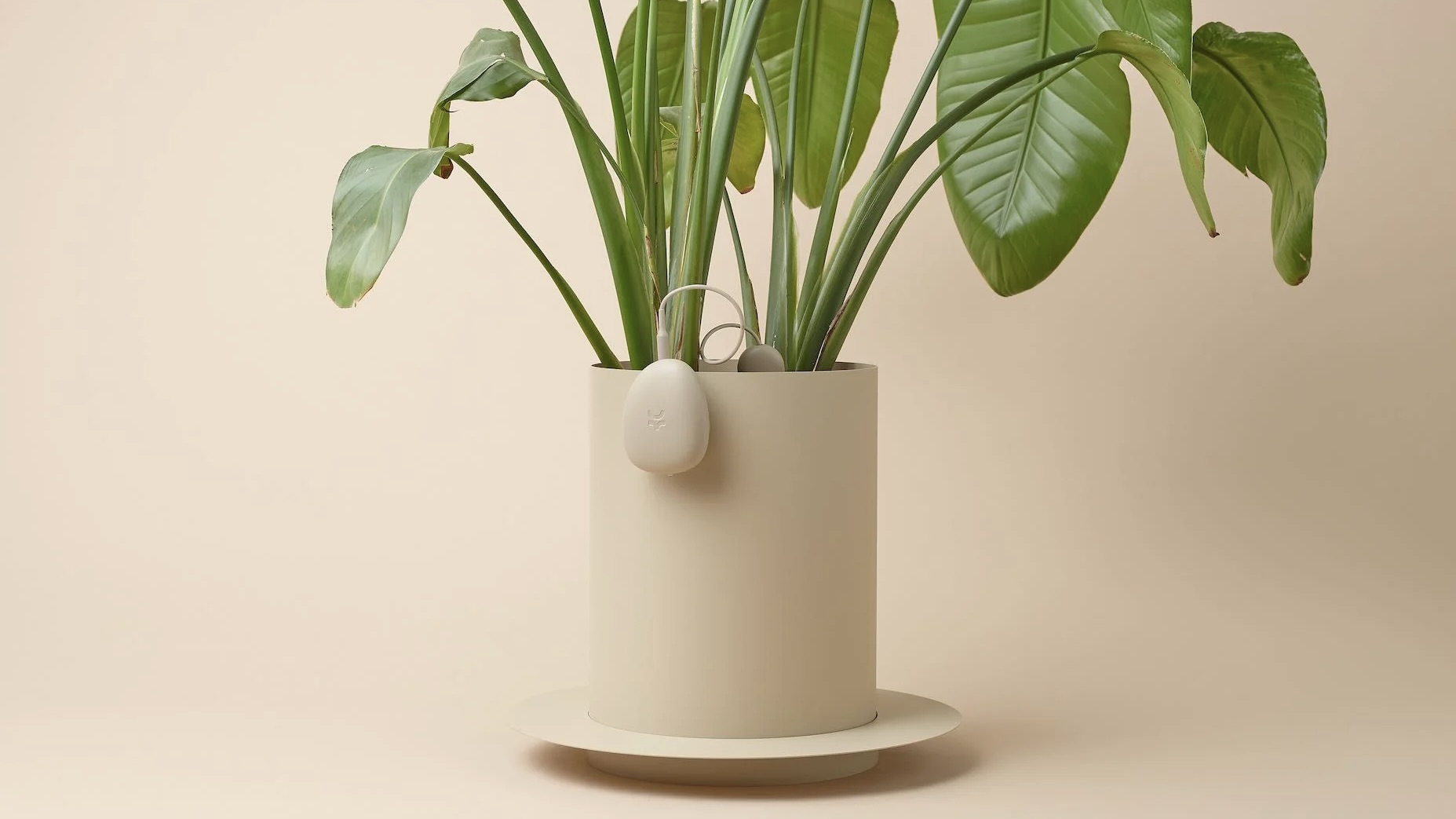 This smart home gadget can tell you when to water, feed and move your houseplants
This smart home gadget can tell you when to water, feed and move your houseplantsStress-free plant care? Yes please
By Lizzie Wilmot
-
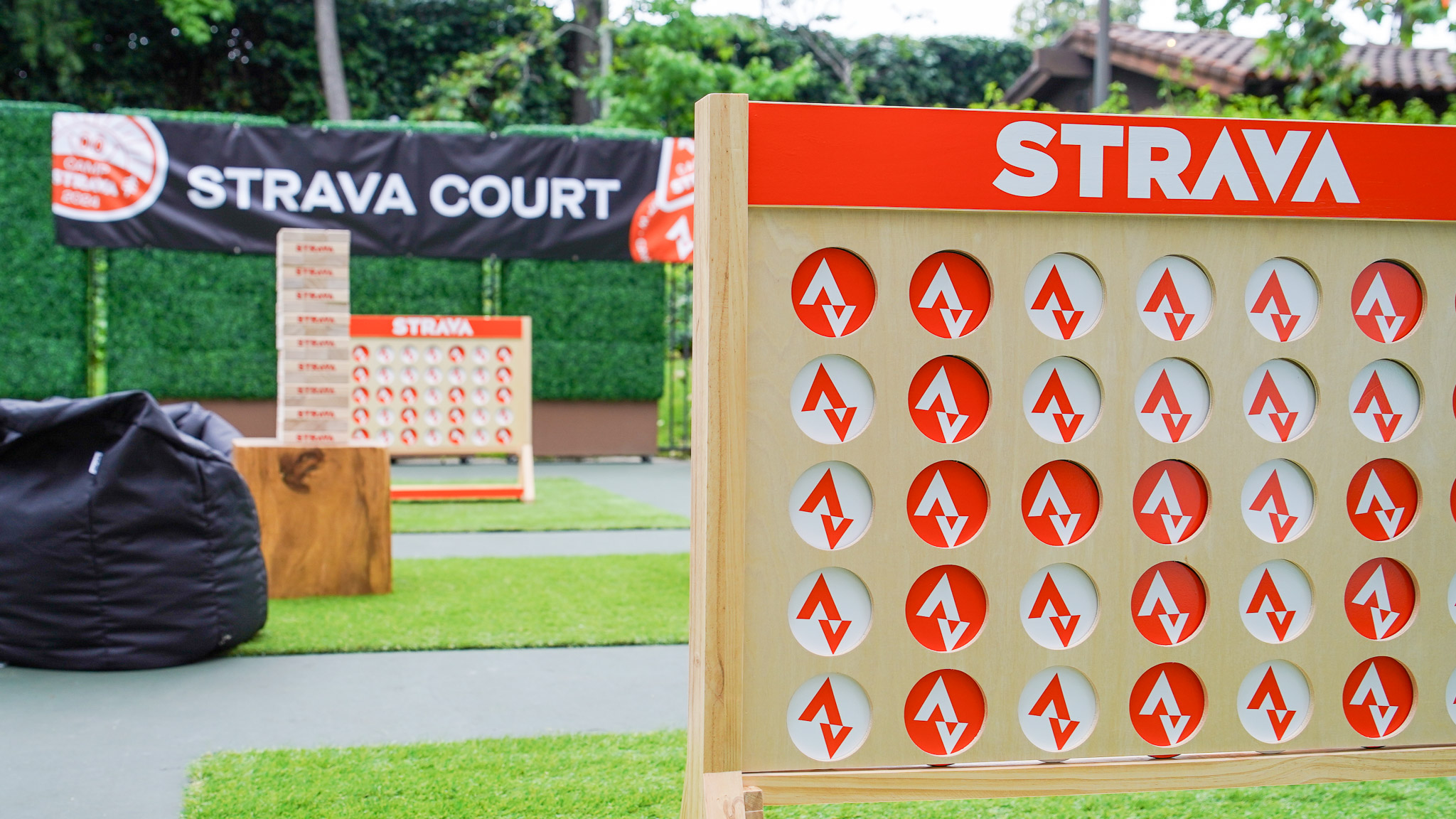 Strava just bought Runna and we got the inside story from both CEOs
Strava just bought Runna and we got the inside story from both CEOsNo, Runna isn’t going anywhere – and no, your subscription won’t get more expensive (for now)
By Matt Kollat
-
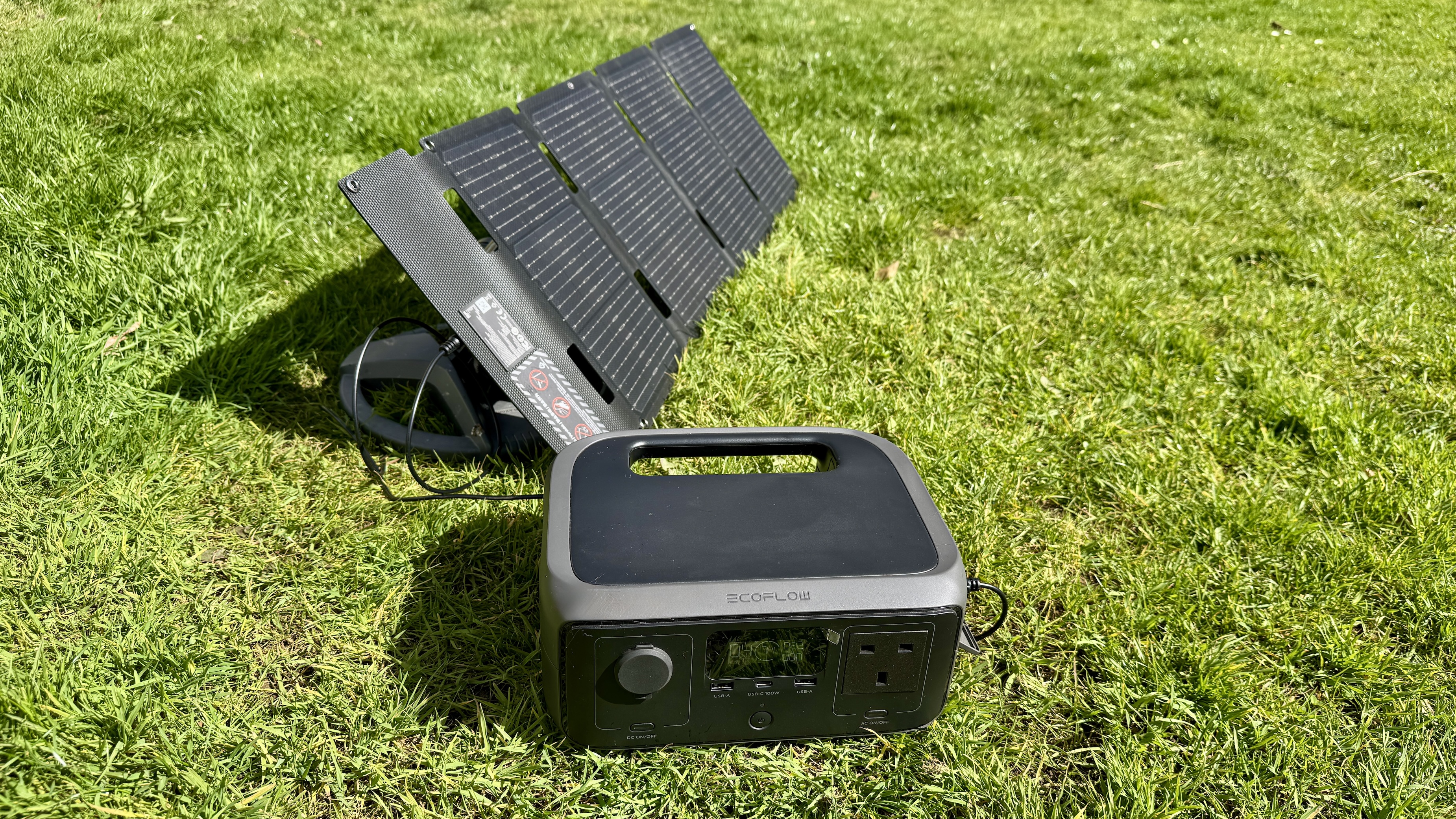 EcoFlow River 3 UPS review: Downsizing power without compromise
EcoFlow River 3 UPS review: Downsizing power without compromiseKeep the juice flowing with EcoFlow’s latest travel buddy
By Derek Adams
-
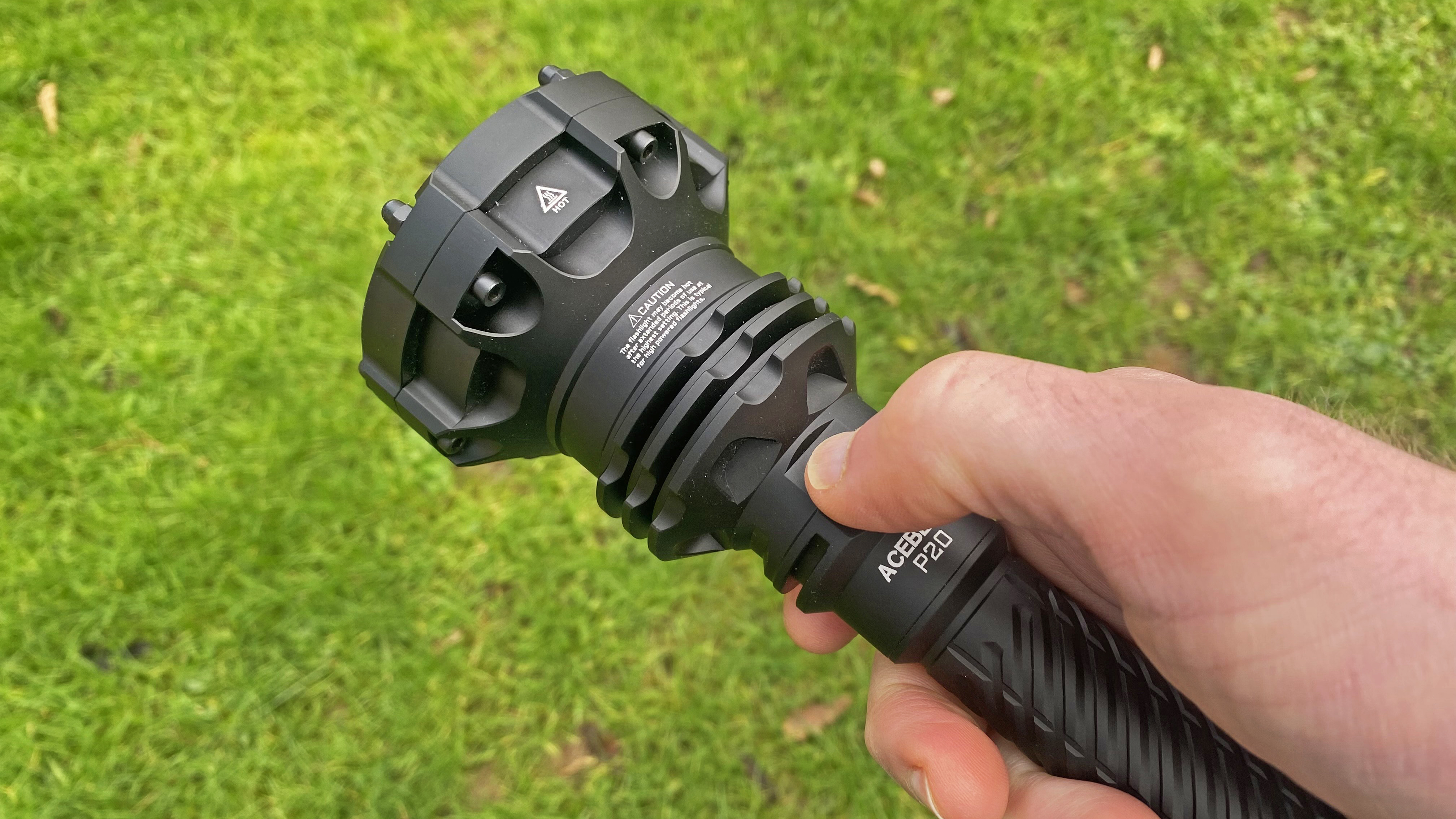 AceBeam P20 review: A skinny flashlight that packs a mighty punch
AceBeam P20 review: A skinny flashlight that packs a mighty punchFeel the force and slice the night with this light sabre, which has a range of over a kilometre
By Pat Kinsella
-
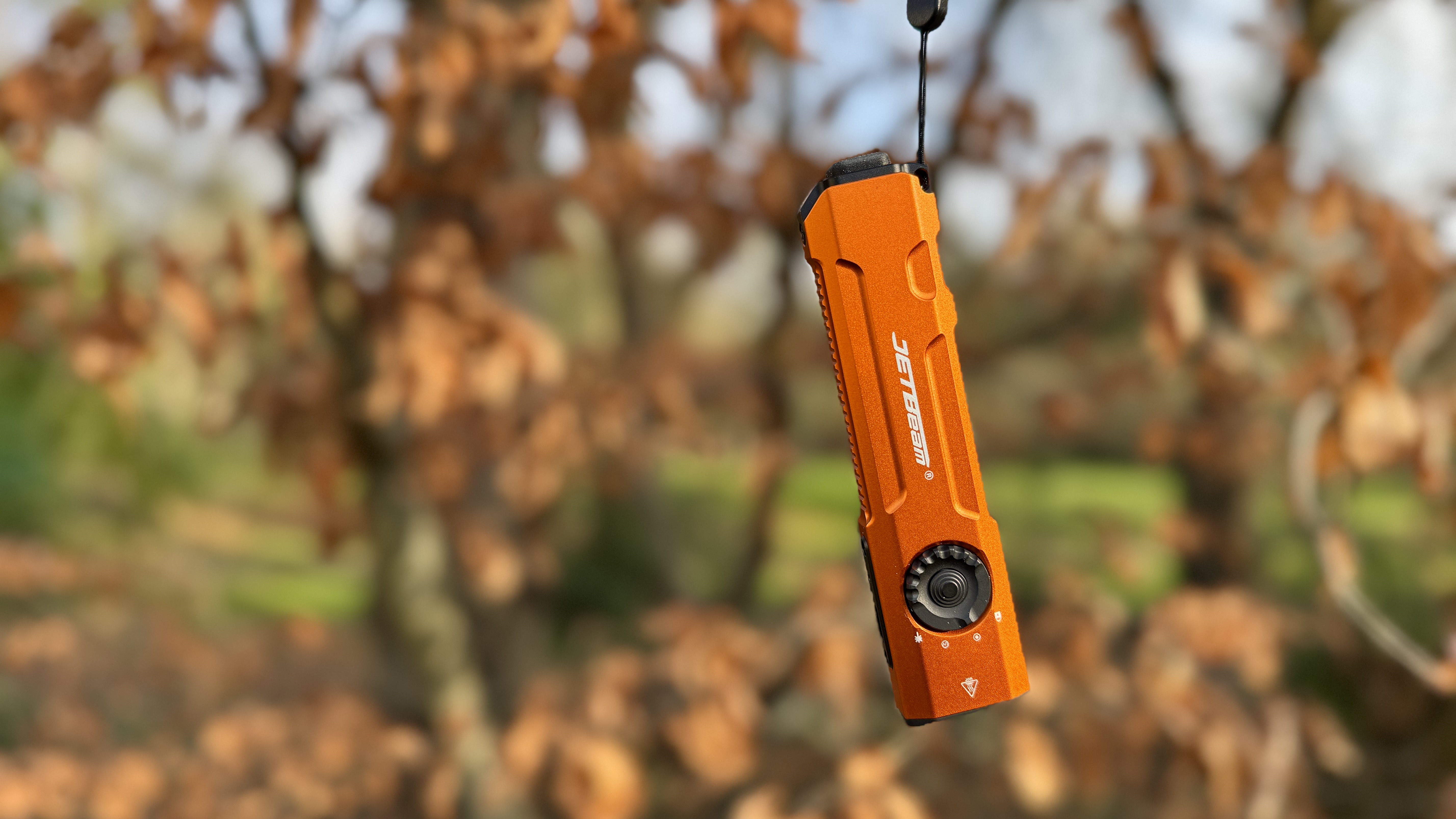 Jetbeam E26-UV Kunai pocket torch review: Let there be light. Loads of it
Jetbeam E26-UV Kunai pocket torch review: Let there be light. Loads of itBright, durable UV-enabled pocket torch for everyday excellence
By Derek Adams
-
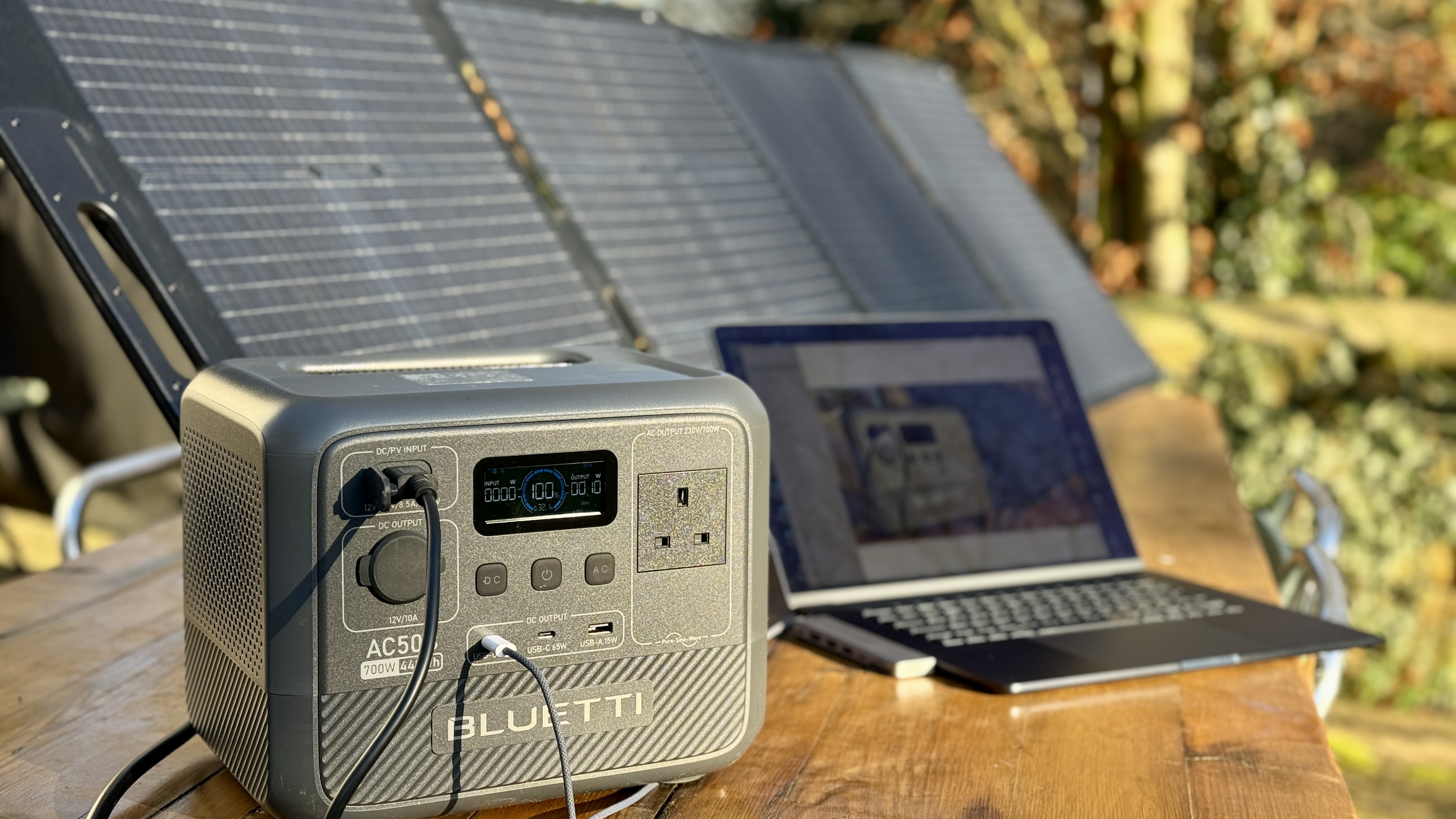 Bluetti AC50B review: a compact powerhouse for outdoor adventures and home emergency backup
Bluetti AC50B review: a compact powerhouse for outdoor adventures and home emergency backupKeenly-priced portable power for light day-to-day use
By Derek Adams
-
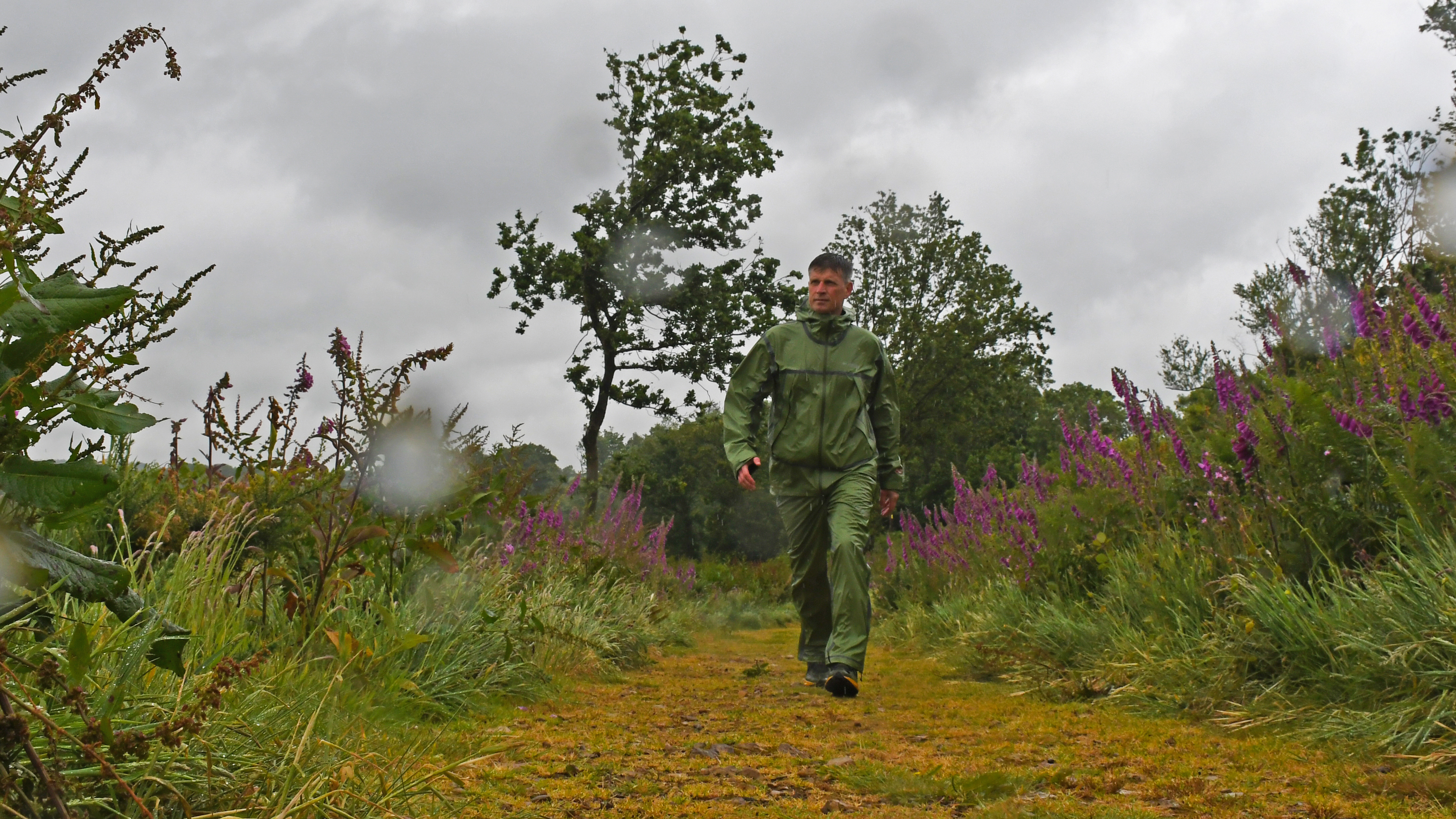 Columbia Wyldwood Waterproof Hiking Shell review: the most waterproof (and shiny) jacket I’ve ever worn
Columbia Wyldwood Waterproof Hiking Shell review: the most waterproof (and shiny) jacket I’ve ever wornIt might not have the matt finish most people expect from a jacket, but the Wyldwood really shines when it comes to protecting you from wet and windy weather
By Pat Kinsella
-
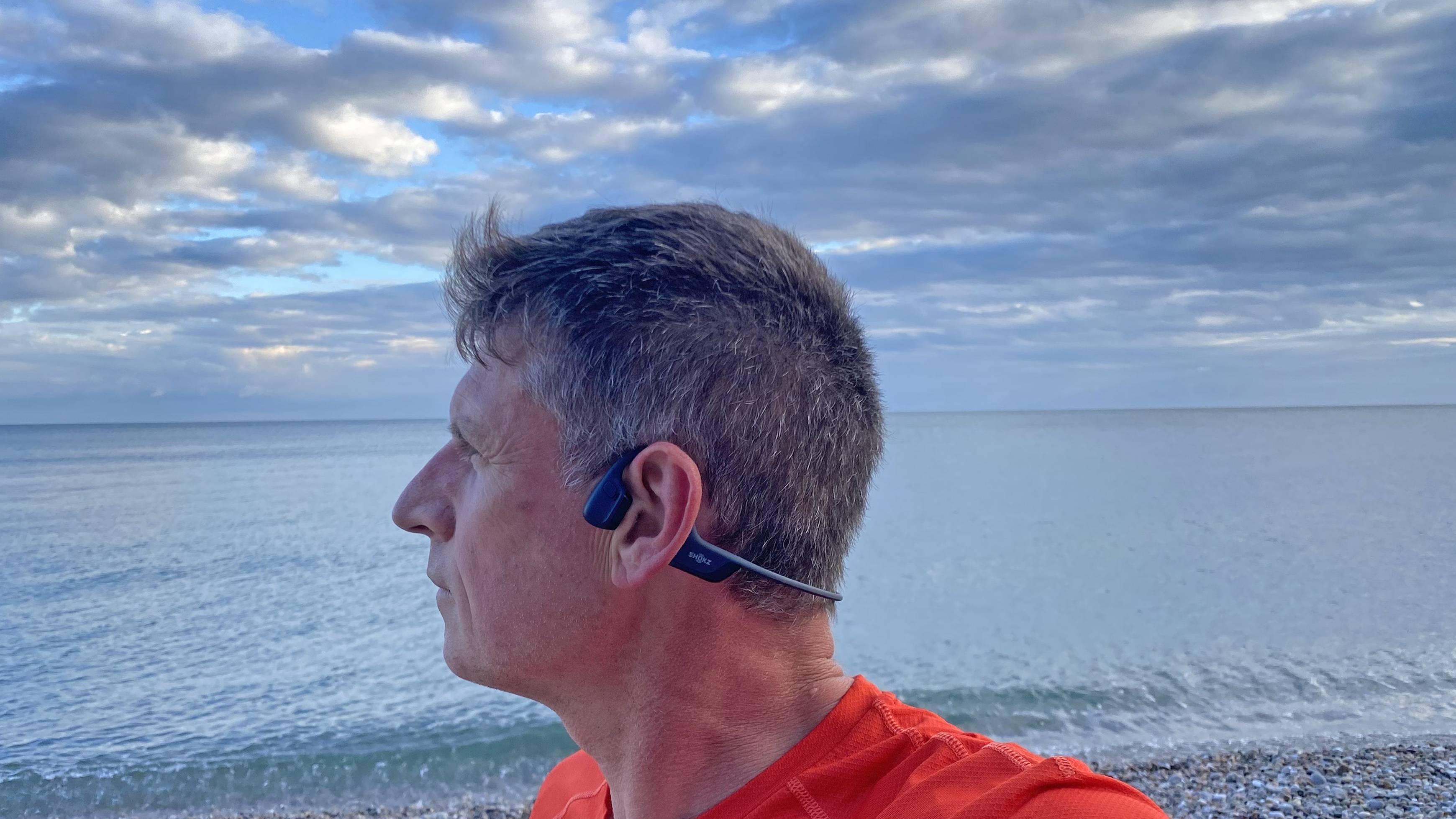 Shokz OpenRun Pro 2 review: Smart bone conduction headphones with enhanced bass
Shokz OpenRun Pro 2 review: Smart bone conduction headphones with enhanced bassShokz's headphones changed my opinion about running while listening to music, and now I struggle to go out without them
By Pat Kinsella
-
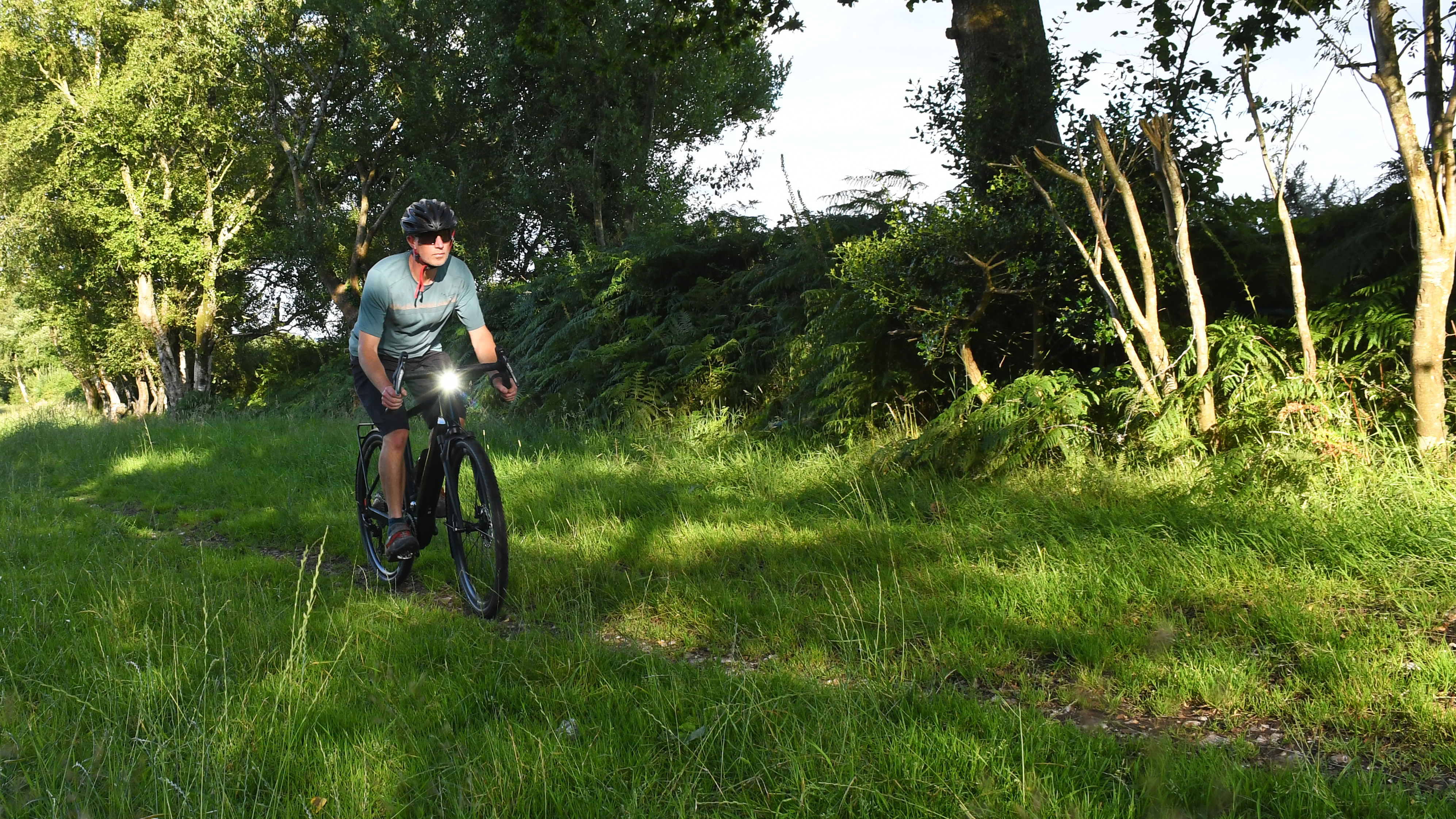 Canyon Grizl:ON CF Daily review: from gravel to groceries, this ebike can do it all
Canyon Grizl:ON CF Daily review: from gravel to groceries, this ebike can do it allOne bike for every occasion, Canyon’s Grizl:ON CF Daily is a versatile steed that just rolls with it, from getting you to and from work to exploring trails on weekends
By Pat Kinsella
-
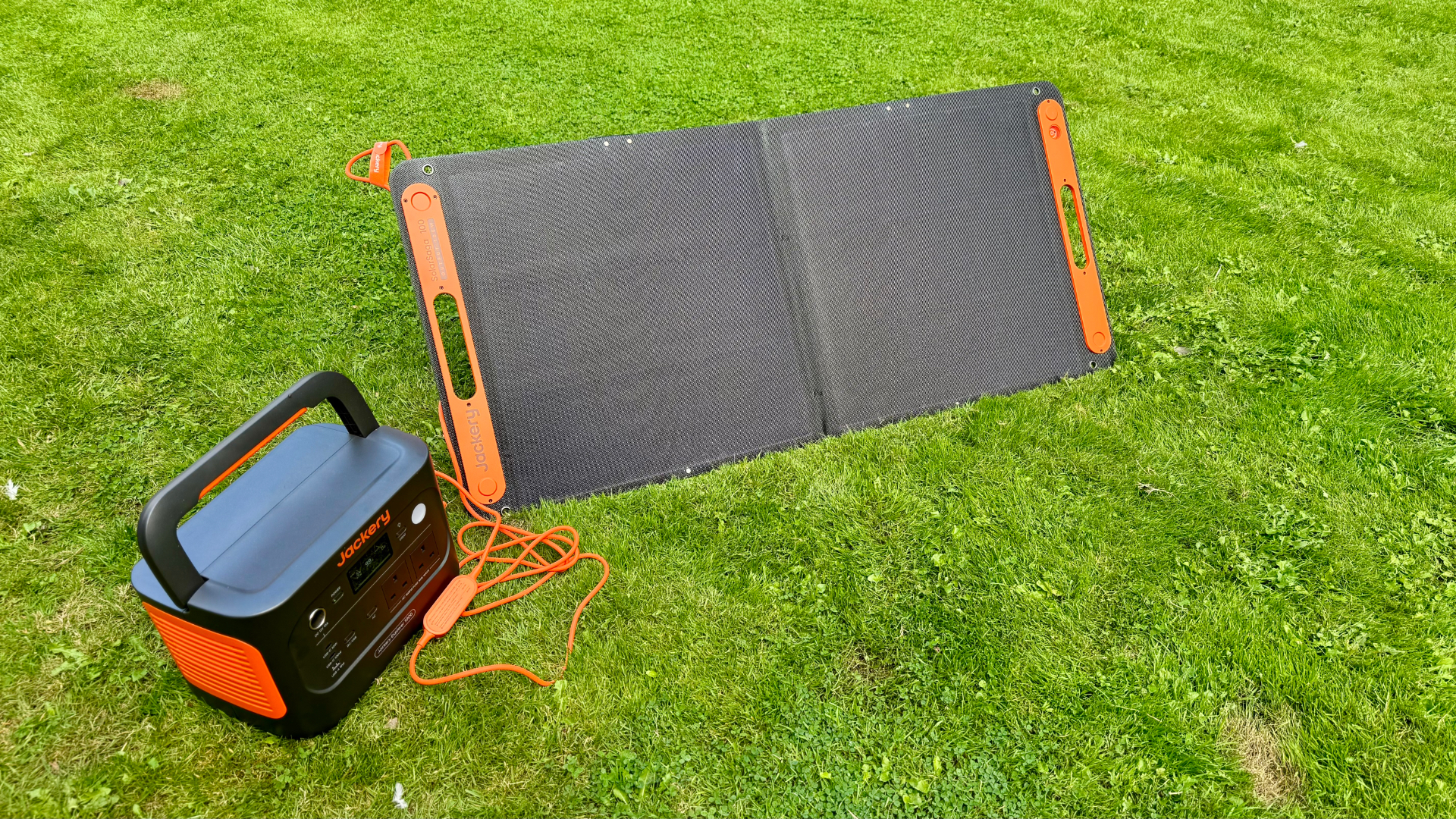 Jackery Explorer 1000 v2 review: a low-weight battery juicer for thirsty devices
Jackery Explorer 1000 v2 review: a low-weight battery juicer for thirsty devicesFuss-free electricity for the great outdoors and household emergencies
By Derek Adams